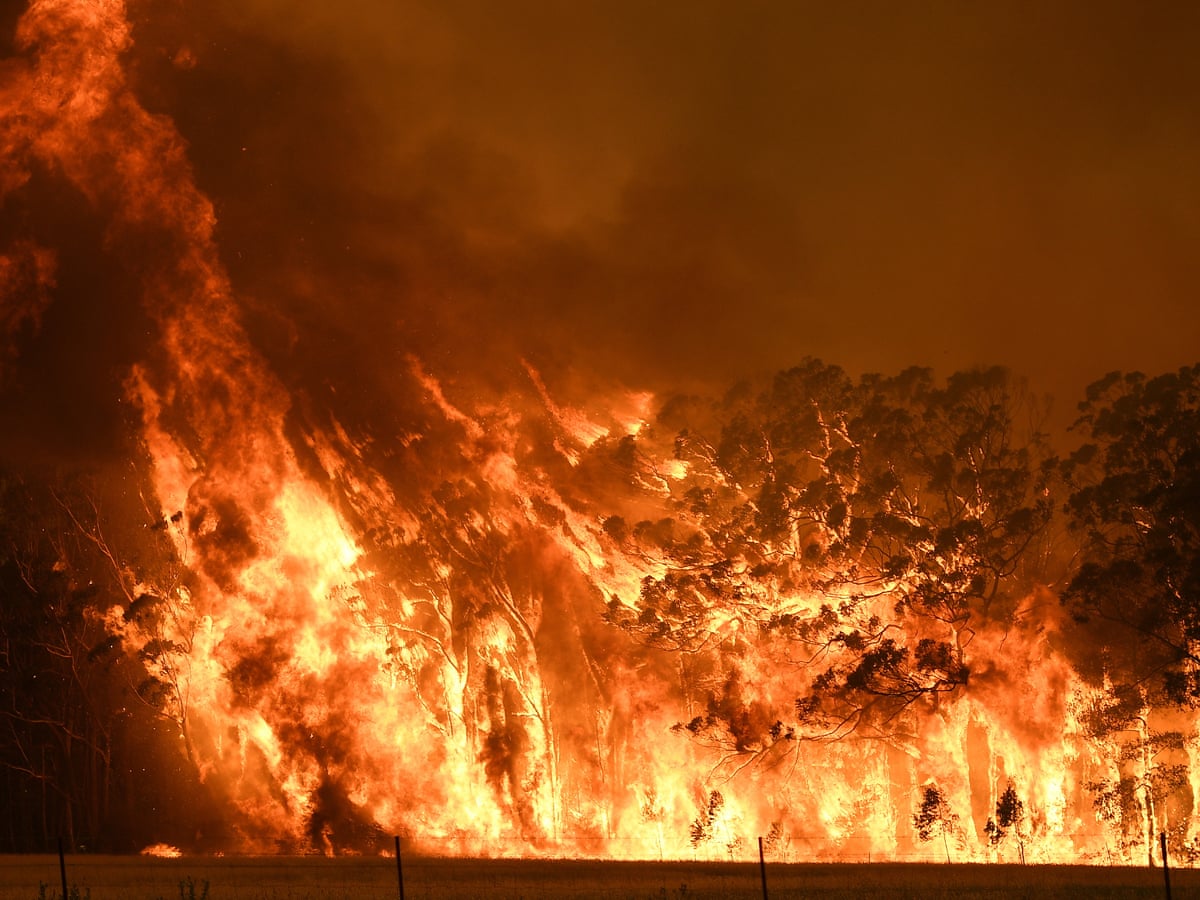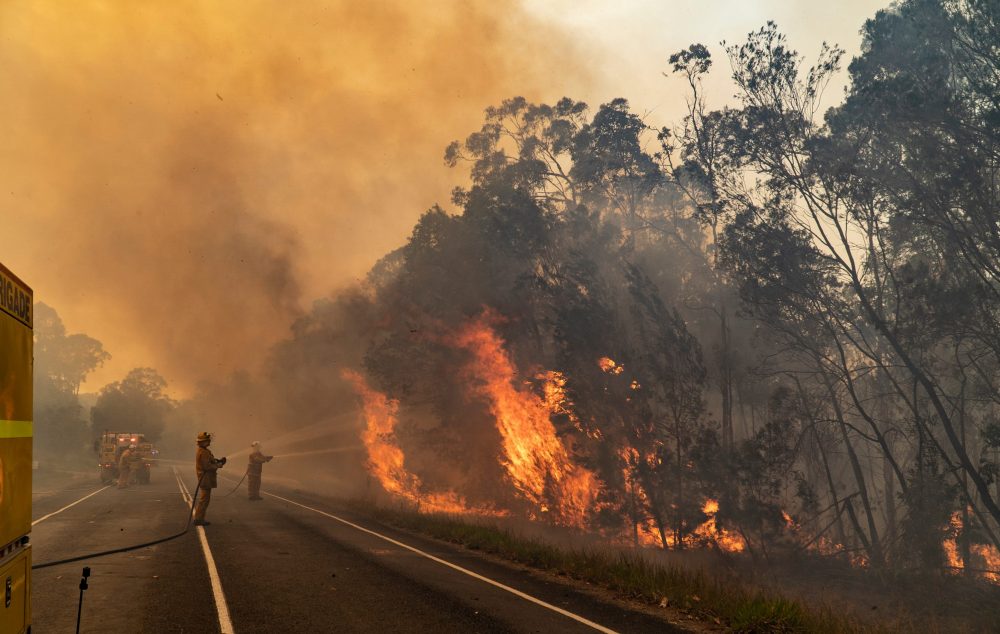From Analysis to Action: Using Your BAL Report to Mitigate Bushfire Ris
From Analysis to Action: Using Your BAL Report to Mitigate Bushfire Ris
Blog Article
Navigating Shrub Fire Protection Rules With BAL Record
Central to this undertaking is the Bushfire Strike Level (BAL) record, a crucial file that assesses the possible exposure of a residential or commercial property to bushfire. By diving into the complexities of BAL assessments and their effects for constructing conformity, stakeholders can proactively handle bush fire risks and protect buildings against potential threats.
Understanding Bush Fire Defense Laws
To successfully navigate the complexities of bush fire security laws, it is vital to have a clear understanding of the governing standards and requirements in position. Bush fire protection regulations are vital for securing homes and lives in locations vulnerable to bushfires. These policies establish the standards and methods that home owners should stick to in order to alleviate the threats related to bushfires.

Importance of BAL Assessments
Recognizing the relevance of BAL analyses is pivotal in making sure compliance with bush fire security policies and successfully mitigating the threats related to bushfires. BAL analyses, which identify the Bushfire Attack Degree of a property, are essential for creating proper bush fire defense measures tailored to the particular danger account of the site. By assessing factors such as greenery type, distance to potential fire dangers, and slope of the land, BAL evaluations supply useful insights into the degree of risk a building encounters throughout a bushfire event.

Ramifications for Building Compliance
Navigating with structure conformity demands in conformity with BAL analyses is important for guaranteeing frameworks are appropriately fortified versus the risks posed by bushfires. Building compliance describes sticking to the standards and guidelines set forth to improve the security and strength of structures in bushfire-prone areas. The effects of building compliance in regard to BAL assessments are significant. Structures that fall short to meet the needed compliance requirements are at a higher risk of sustaining damages or devastation throughout a bushfire event. This not just threatens the occupants yet likewise poses a risk to the surrounding atmosphere.
Guaranteeing structure compliance involves careful planning, building and construction, and maintenance to alleviate the possible effect of bushfires - BAL Report. It requires a comprehensive understanding of the BAL score appointed to the residential or commercial property and implementing the appropriate procedures to improve its fire security capabilities. Non-compliance with building regulations can result in legal consequences, insurance coverage difficulties, and most importantly, jeopardize lives. Consequently, taking structure compliance seriously and including BAL analysis end results right into construction practices is important for guarding residential properties in bushfire-prone areas.
Handling Bush Fire Risks Properly
Offered the essential relevance of structure conformity in strengthening structures against bushfire risks, properly handling these risks requires a detailed method that prioritizes aggressive mitigation strategies. To start, carrying out extensive danger assessments is extremely important. Comprehending the particular vulnerabilities of a property in connection with bushfires permits customized danger mitigation plans. This involves analyzing factors such as the residential or commercial property's location, bordering vegetation, topography, and dominating weather problems. Implementing proper vegetation administration strategies is an additional key element of reliable risk monitoring. Clearing combustible greenery, developing defensible spaces, and making sure correct maintenance can redirected here significantly decrease the danger of fire infecting the building. Investing in fireproof structure products and building and construction techniques can enhance the structure's capability to stand up to coal strikes and straight fire contact. Additionally, exercising an emergency situation and creating feedback strategy is crucial for guaranteeing that locals understand exactly how to react quickly and securely in case of a bushfire. By integrating these positive procedures, home owners can efficiently manage bushfire risks and enhance the safety of their residents and structures.
Practical Tips for Homeowners and Developers
Effectively taking care of bushfire risks as a homeowner or designer necessitates carrying out useful reduction strategies tailored to the property's certain susceptabilities and surroundings. One critical idea is to keep a well-maintained defensible room around frameworks, usually a minimum of 30 meters in risky areas. This area should be free from combustible vegetation, debris, and various other flammable products that could potentially fuel a fire. Furthermore, picking fireproof building materials can substantially boost the residential property's ability to endure ash strikes and straight flame contact. Making sure that roof coverings, walls, and windows are constructed or upgraded to meet relevant bushfire protection standards is vital.
Moreover, developing an emergency plan and exercising emptying drills with household occupants, employees, or participants can conserve lives in the event of a bushfire. Staying educated regarding local navigate to these guys fire danger rankings, climate problems, and emergency alerts is also essential for making prompt choices to protect life and home. Last but not least, involving with regional fire authorities, neighborhood teams, and experts experienced in bushfire monitoring can supply beneficial assistance and assistance in developing detailed bushfire defense techniques.
Conclusion
In final thought, browsing bush fire defense regulations with a BAL report is crucial for making certain structure compliance and handling bush fire threats efficiently. Comprehending the value of BAL analyses and adhering to practical tips can help developers and homeowners reduce the impact of bush fires. By adhering to these policies and taking required safety measures, people can produce more secure environments for themselves and their communities.
Key components of bush fire security policies consist of the Bushfire Strike Degree (BAL) analysis, which determines the degree of threat a building faces from bushfires. BAL assessments, which identify the Bushfire Assault Level of a home, are important for developing appropriate bush fire defense actions customized to the specific risk account of the site. By assessing factors such as plant life type, distance to prospective fire dangers, and slope of the land, BAL analyses supply important understandings right into the level of threat a property encounters during a bushfire occasion.

In conclusion, navigating bush fire protection regulations with a BAL report is essential for guaranteeing building compliance and managing bush fire threats successfully.
Report this page